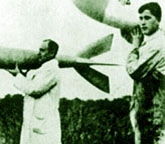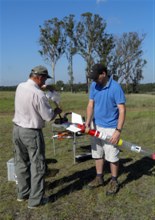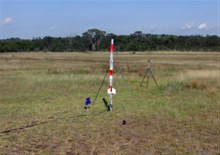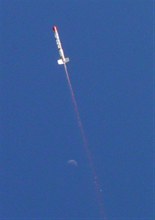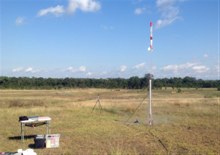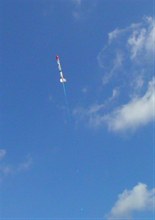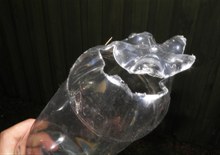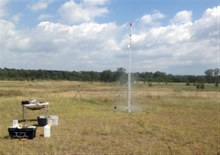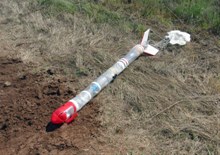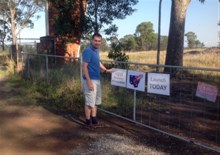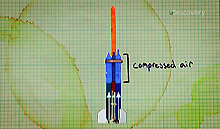 |
 |
|
|
last updated: 9th November 2024 - Day 236 - Launch Tubes #2 |
|
|
|
Splicing Bottles AS#5 |
|
#235 - Coming Soon |
|
#234 - Coming Soon |
|
#233 - Coming Soon |
|
#232 - Coming Soon |
|
#196 - Coming Soon |
|
#193 - Coming Soon |
|
#172 - Coming Soon |
|
|
| FLIGHT LOG | |||||||||||||||||||||||||||||||||||||||||||||||||||||||||||||||||||||||||||||||||||||||||||||||||||||||||||||||||||||||||||||||||||||||||||||||||||||
|---|---|---|---|---|---|---|---|---|---|---|---|---|---|---|---|---|---|---|---|---|---|---|---|---|---|---|---|---|---|---|---|---|---|---|---|---|---|---|---|---|---|---|---|---|---|---|---|---|---|---|---|---|---|---|---|---|---|---|---|---|---|---|---|---|---|---|---|---|---|---|---|---|---|---|---|---|---|---|---|---|---|---|---|---|---|---|---|---|---|---|---|---|---|---|---|---|---|---|---|---|---|---|---|---|---|---|---|---|---|---|---|---|---|---|---|---|---|---|---|---|---|---|---|---|---|---|---|---|---|---|---|---|---|---|---|---|---|---|---|---|---|---|---|---|---|---|---|---|---|
|
|||||||||||||||||||||||||||||||||||||||||||||||||||||||||||||||||||||||||||||||||||||||||||||||||||||||||||||||||||||||||||||||||||||||||||||||||||||
| Day 141 - Windy | |||||||||||||||||||||||||||||||||||||||||||||||||||||||||||||||||||||||||||||||||||||||||||||||||||||||||||||||||||||||||||||||||||||||||||||||||||||
|
Date:
25th January 2014 Location: Doonside, NSW, Australia Conditions: Partly cloudy, windy 15km/h with gusts to 25km/h, 25C Team Members at Event: PK, GK, Paul K, and John K. We had two experiments to try today: Continue with the roll correction flights, and try the new improved dual thrust configuration, however, it was quite a windy day so we weren't sure if we were even going to launch. Normally we don't launch if the wind is over 20km/h, but the wind was going in the right direction down range and away from the trees so we decided to launch. First up was the dual thrust rocket. The set-up was straight forward and we launched the rocket at 120psi. The take off was good, and the sustain phase also went well, but due to the wind, the rocket weather-cocked and flew in an arc rather than straight up. It still reached 255 feet. It's interesting hearing the rocket fly because the sustain phase is so quiet. On the second launch the configuration was identical, the rocket boosted up well, but there was virtually no sustain phase. The rocket gently flipped over at 99 feet and started heading for the ground. With the timer delay set for 5 seconds, the rocket was about 5m above the ground when the parachute started deploying. Unfortunately the parachute didn't have enough time to open and the rocket crashed. The nosecone was damaged as was the top bottle. Luckily all on board electronics survived and even the deployment mechanism survived. This will be an easy fix. We are still trying to understand why the rocket did that. At first we thought there might have been something blocking the extension tube and hence reducing the thrust, but there was nothing obvious. The only thing we can conclude is that for some reason the sustain chamber didn't get fully pressurised. In that case there may have been an issue with the non-return valve in the spacer. We took it apart, but couldn't see any obvious cause. Video prior to launch shows that some air was bubbling through the water into the sustain chamber, and you could see that water was transferred. If for some reason the o-ring blocked the non return valve, the air in the sustainer would have been compressed only by the water that entered the space. During flight you can see this water exit but not with any force. It's also possible that there was a leak in the sustain chamber so that it didn't pressurise properly. I guess we'll have to try this again, and make sure the valve is operating correctly. Next up were the roll correction flights continuing from last time. I had reduced the height of the little ramps on the fins because on the last flight the rocket rolled too much in the corrected direction, Just as we approached 110psi, the base of the top bottle blew out in a pretty spectacular fashion. This was the first time in the last 7.5 years that we have seen this kind of failure. This bottle had been used several times before on various flights without any sign of trouble. It's possible that some stress fracture had developed over the previous pressurisation cycles and today was the day when it had enough. What was unusual about this failure was the low pressure, and that the bottom blew out where the plastic is quite thick. Normally these bottles burst around 190psi and burst on the side where there is greatest stress.
The result of the CATO was that it hurled the deployment mechanism through the nosecone fairing, and surprisingly suffered no damage. Even the corriflute structure was fine. We only need to replace the top bottle and fairing. All the electronics, including camera and altimeter that were right under the bottle survived, the cardboard camera housing was damaged which will be replaced. The only casualty was a cracked Gardena nozzle cap caused by the rocket sliding back down the guide rail and hitting the release head. So we swapped out the top bottle, and a spare nosecone. This was the last one we had with us on the day. We flew it without a camera this time. The flight went well and landed without issues. We set the rocket up again but with the cardboard camera housing damaged, we just taped the camera to the side so that we could see if the roll was better or not. The launch went well and post flight video showed that the roll had improved since the last flight. The rocket drifted a long way down range, and the nosecone managed to hit the hardened earth road so the fairing also suffered minor damage. Because of the windy conditions we decided to pack up and call it a day. Some days are great, and others not so. This week was our turn to make offerings to the rocket gods. Here is a highlights video from the day.
Discovery ChannelOn 30th December last year we featured in Discovery Channel's "You have been warned" series 2, Episode 11. The segment about our 2-stage Acceleron V rocket turned out quite well, and they did a good explanation of how the rocket works. I am unable to post the video here, but it may become available on Discovery Channel's YouTube channel like some episodes from the series have. Below are some screen shots from the segment. Here is the original video of the rocket.that the episode was based on.
Polaron G2We have been making lots of good progress on the Polaron G2 rocket. Here are more updates on the Polaron G2 build log. Flight Details
|
<< Previous Back to Top Next >>
